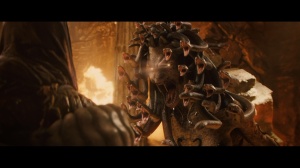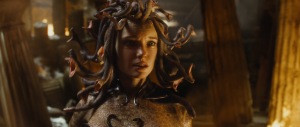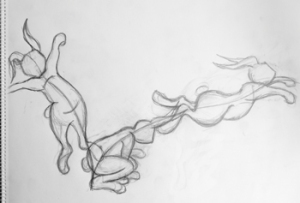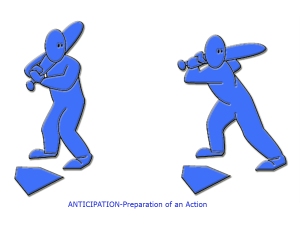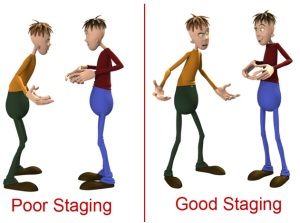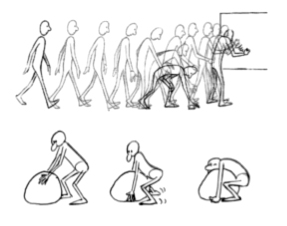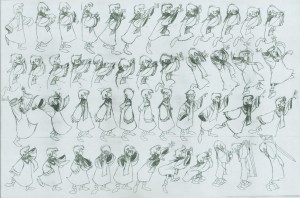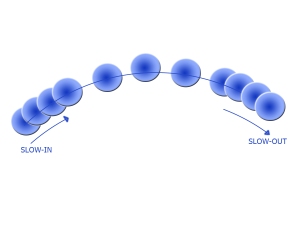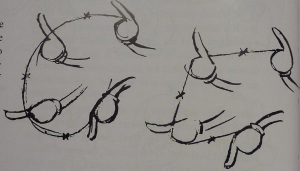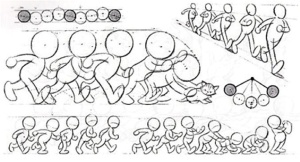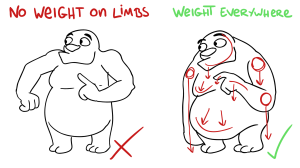The 12 principles of animation were developed by the ‘old men’ of Walt Disney Studios during the 1930’s. These principles were created so that movement might be used to express character and personality.
1-Squash and stretch: This is one of the most important principles. In realistic animation it is important to retain the volume of an object and have the object inhabit a 3 dimensional surrounding, for instance if a ball is squashed vertically it should stretch along the horizontal plane whilst retaining the original mass.
2-Anticipation: This is used to prepared the audience for and action, for example a golfer pulling back the golf club before swinging to hit the ball.
3-Staging: A pose should clearly show what mood the character is in or the idea of the character in relation to the story line. It is “the presentation of any idea so that it is completely and unmistakably clear”.
4-Straight ahead and pose to pose animation: The straight ahead method has each frame animated the downside to this method is that it is hard to maintain proportions and volume of the original object. The pose to pose method has key frames animated and the computer go back and fill in the gaps, this method is better suited for emotional scenes where the environment is of higher importance than the character for telling the story.
5-Follow through and overlapping action: Follow through is something slows down or come to a halt and parts of that object continue to move such as the hair of a human or the clothes that they are wearing. Overlapping is when a character suddenly changes direction and yet their hair or clothes continue to move in the direction that they were originally traveling.
6-Slow out and slow in: Slow out and slow in is when it takes a few extra frames for a character to start of on a run giving the illusion of them speeding up form a standstill or vice versa.
7-Arcs: Arcs are when a ball follows and arched path in the air or when a characters arm bends from the elbow, this is use so that it appears that the object move in a more fluid way.
8-Secondary action: Secondary action is when a character is doing something else as well as speaking in order to sell the emotion more such as stomping their foot when they shout or jumping up and down when they are happy.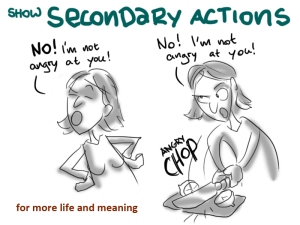
9-Timing: The more frames the more slow and smooth, the less the quicker. Timing is critical for displaying the characters emotion, personality and intention.
10-Exaggeration: The classic definition of exaggeration is to have the animation remain true to life just appearing wilder and more extreme. Exaggeration can give a character more appeal and help sell a scene.
11-Solid drawing: To use solid drawing means to take all 4 dimensions into account when creating and animating a character, the three dimensions of space and the fourth dimension of time
12-Appeal: An actor has charisma, appeal is very similar if not the same. The more cute, cuddly and less harsh lines in the face the more a character has, therefore the more ugly, vile and harsh lines a character has in their face the less appeal that character has.